In the studio with Swedish sculptor Klara Kristalova
Kristalova speaks to art historian and broadcaster Flora Vesterberg about ceramics, her Stockholm archipelago studio, and upcoming show at Perrotin New York
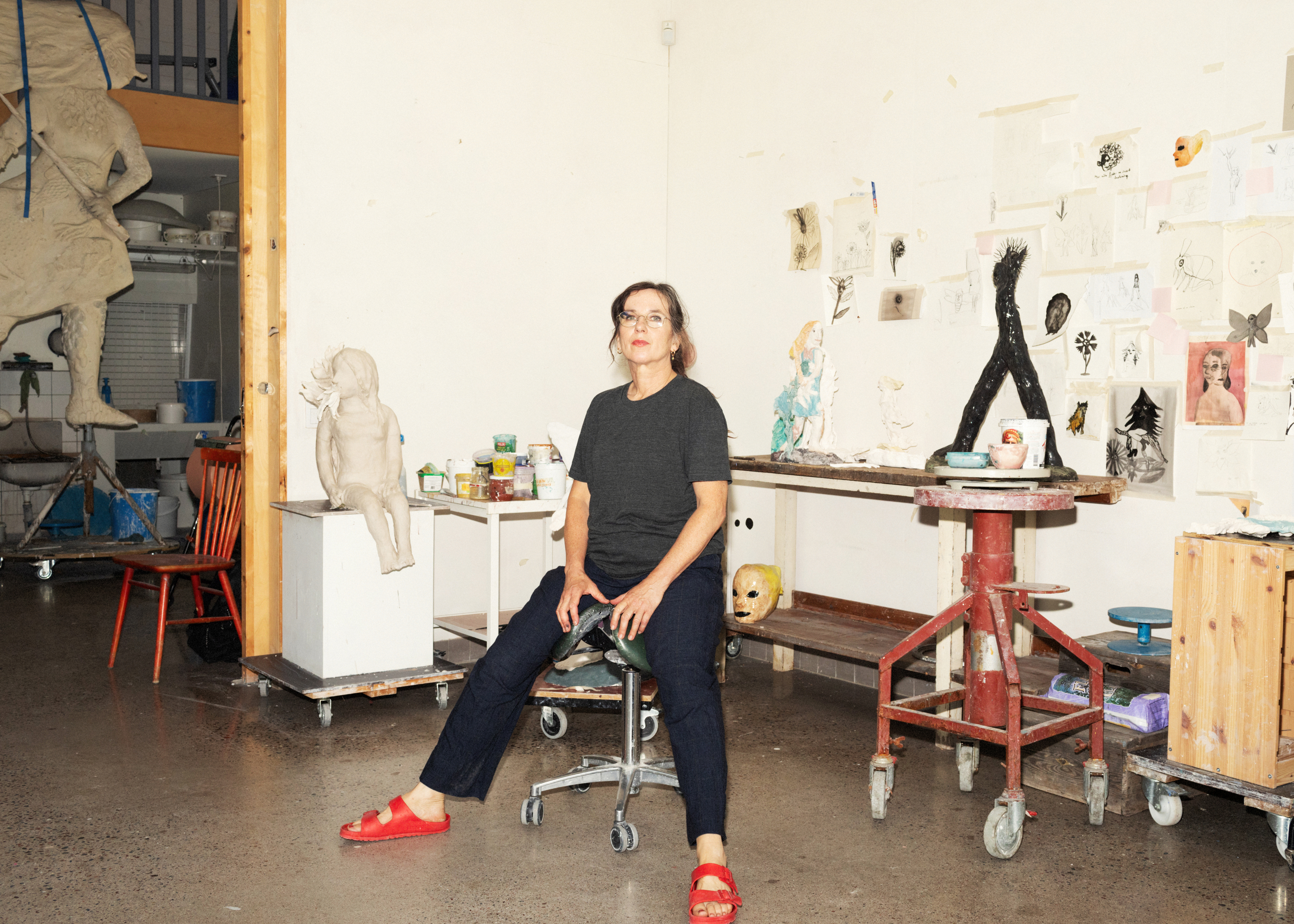
There is an immediate sense of calm at sculptor Klara Kristalova’s studio in Norrtälje, Sweden: it sits within trees on one of the northernmost points of the Stockholm archipelago. ‘The nature around my studio moves into my work intuitively,’ she says. The studio itself is a light, barnlike structure with high ceilings, and behind it is the peaceful home that she shares with her family, an unusual 1960s summer house that lies a few hundred metres from the water’s edge.
‘In winter, you always see the lake. In summer, the greenery obscures it, but you can go down and swim,’ she says. It reminds me of the view from Artipelag, a favourite museum on the Stockholm archipelago, designed by the late architect Johan Nyrén to align with the surrounding landscape. There, a few years ago, I had a chance encounter with What Holds Me Back, Carries Me Further, 2017 a powerful bronze sculpture by Kristalova at the opening of ‘Sculpture in Nature’, a group exhibition of predominantly Nordic artists. I was moved by the piece and so learnt more about the evocative and distinctive glazed ceramic sculptures she is known for.

Outside shot of Klara Kristalova's Studio in Stockholm archipelago. Photography: Märta Thisner, courtesy the artist and Perrotin
Kristalova was born in 1967 in what was then Czechoslovakia, but her family moved to Sweden soon after. Her parents, Eugen Krajcik and Helena Kristalova, were both established artists, so she was exposed to numerous museums and art fairs from a young age: ‘I travelled with my father to the Venice Biennale and Documenta and had an art library in my head.’ As a result, becoming an artist felt like a natural choice. She went on to study at the Royal University College of Fine Art in Stockholm, which gave her even more opportunities to learn and travel.
Today, Kristalova predominantly works in ceramics and stoneware, but that wasn’t always the case. During her university years, her focus was painting. ‘When I finished studying, I was a trained painter, but mainly with watercolour and ink on paper, because it’s fast. I wanted to do something three-dimensional. I started to experiment with ceramics and stayed with it, because it’s a fast and easy material. I see my work as three-dimensional drawings – for that, ceramics is an excellent material.’ She works in bronze in the same way.
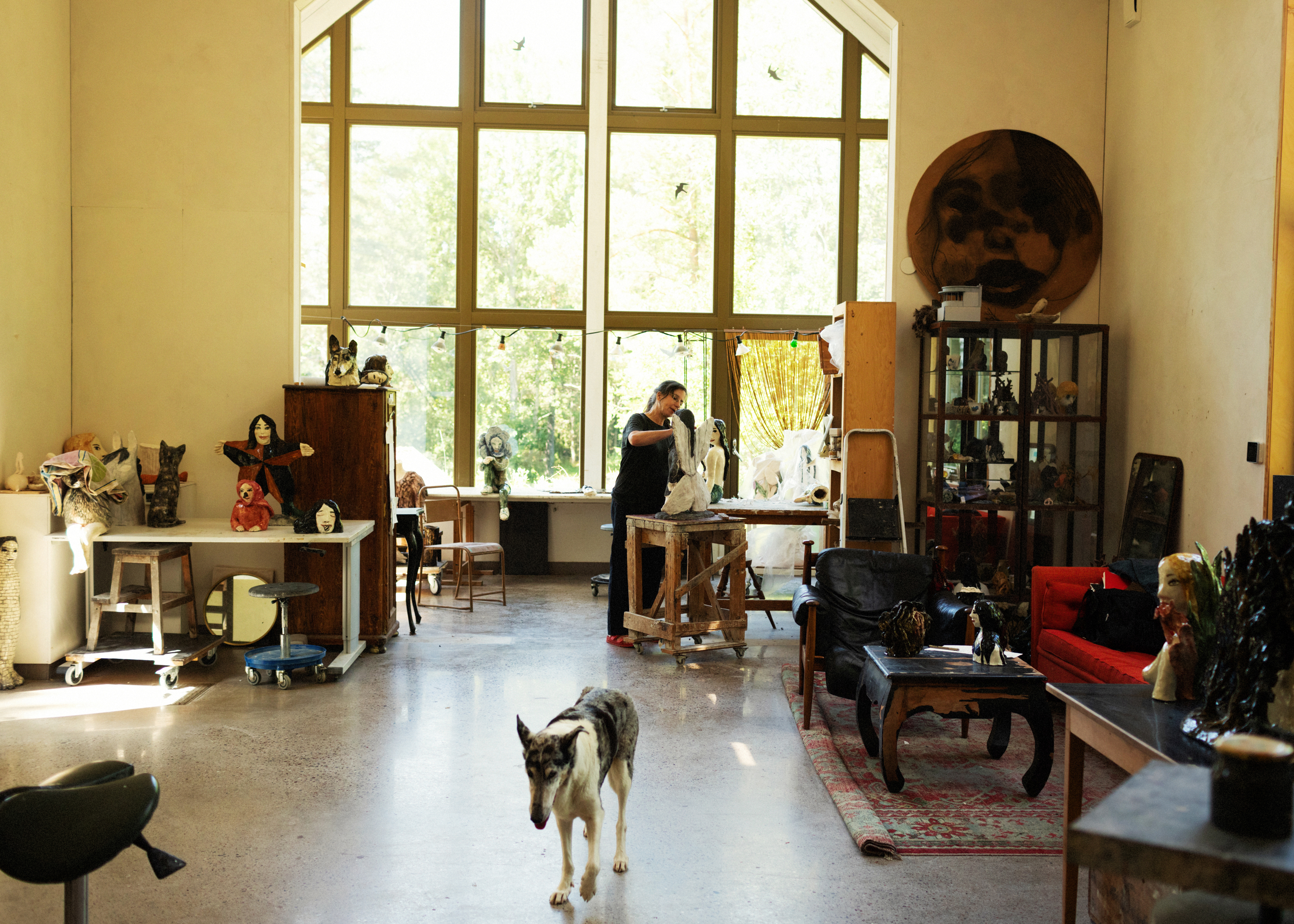
Here Klara is working on Winged, 2022, which will be on view at Frieze London. In the foreground is her 13-year-old smooth collie Zenga. Photography: Märta Thisner, courtesy of the artist and Perrotin
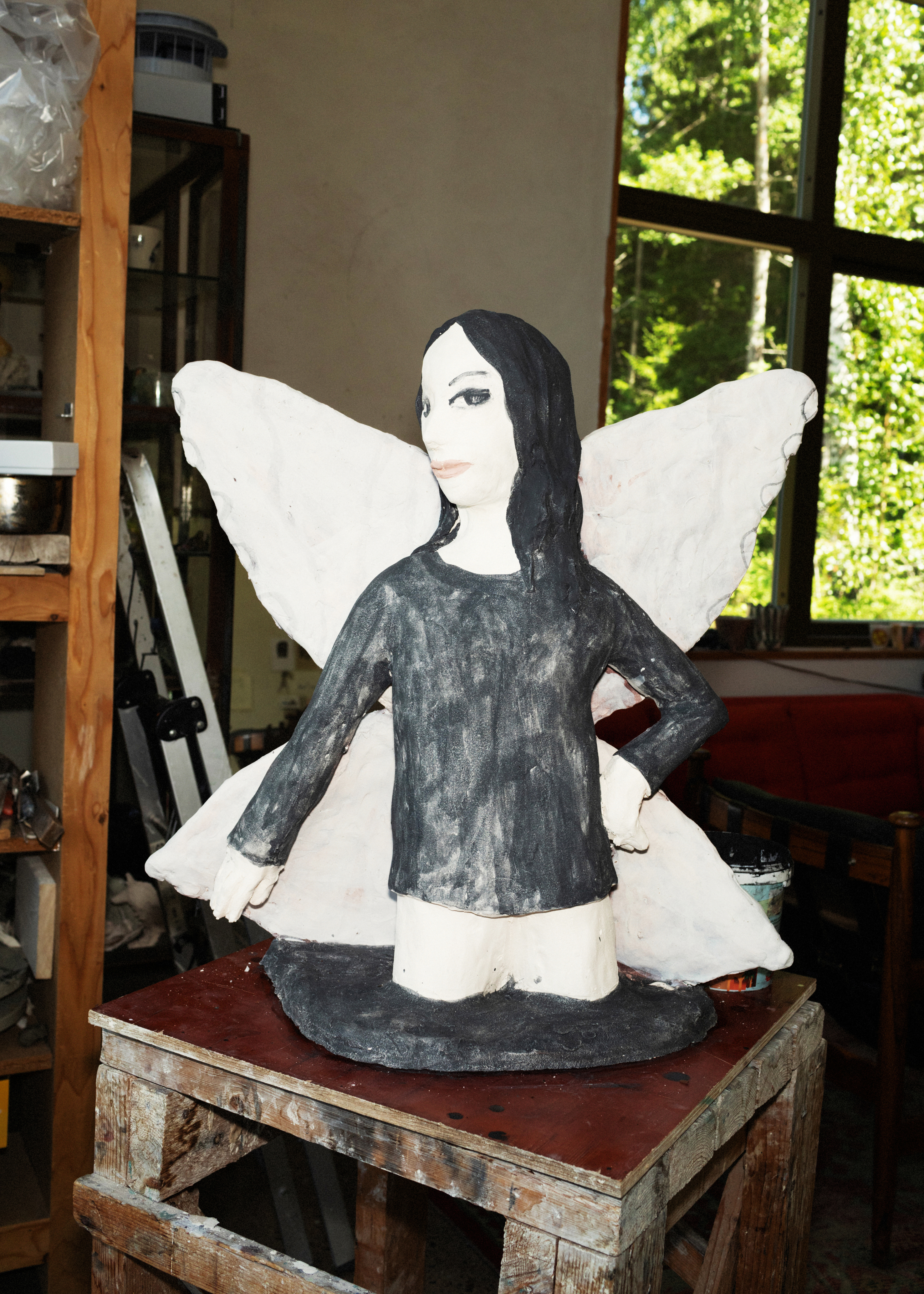
Winged, 2022 by Klara Kristalova in her Stockholm archipelago studio. Photography: Märta Thisner, courtesy of the artist and Perrotin
Kristalova was in London in 1997 and saw the groundbreaking YBA show ‘Sensation’ at the Royal Academy. ‘I was very impressed by the shows in London, particularly as Stockholm was a smaller art city,’ she says. ‘I remember Tracey Emin and Louise Bourgeois as their work is so personal. We were taught not to do this in school. It opened a window – you don’t have to be so distant or formal.’
There is a sense of humanity and vulnerability to Kristalova’s figurative work, which draws parallels with those of Emin and Bourgeois. This autumn, as well as being the subject of a solo exhibition at Perrotin New York, Kristalova will exhibit alongside other leading international ceramicists in a group exhibition at London’s Hayward Gallery, where Bourgeois recently had a retrospective. Kristalova was also influenced by Jenny Holzer. ‘When we were in New York with our school, we went to see her ‘Laments’ exhibition at Dia Art Foundation in 1989, which was very impactful.’ Kristalova collects art for her own home, but only swaps with
artist friends and never buys.
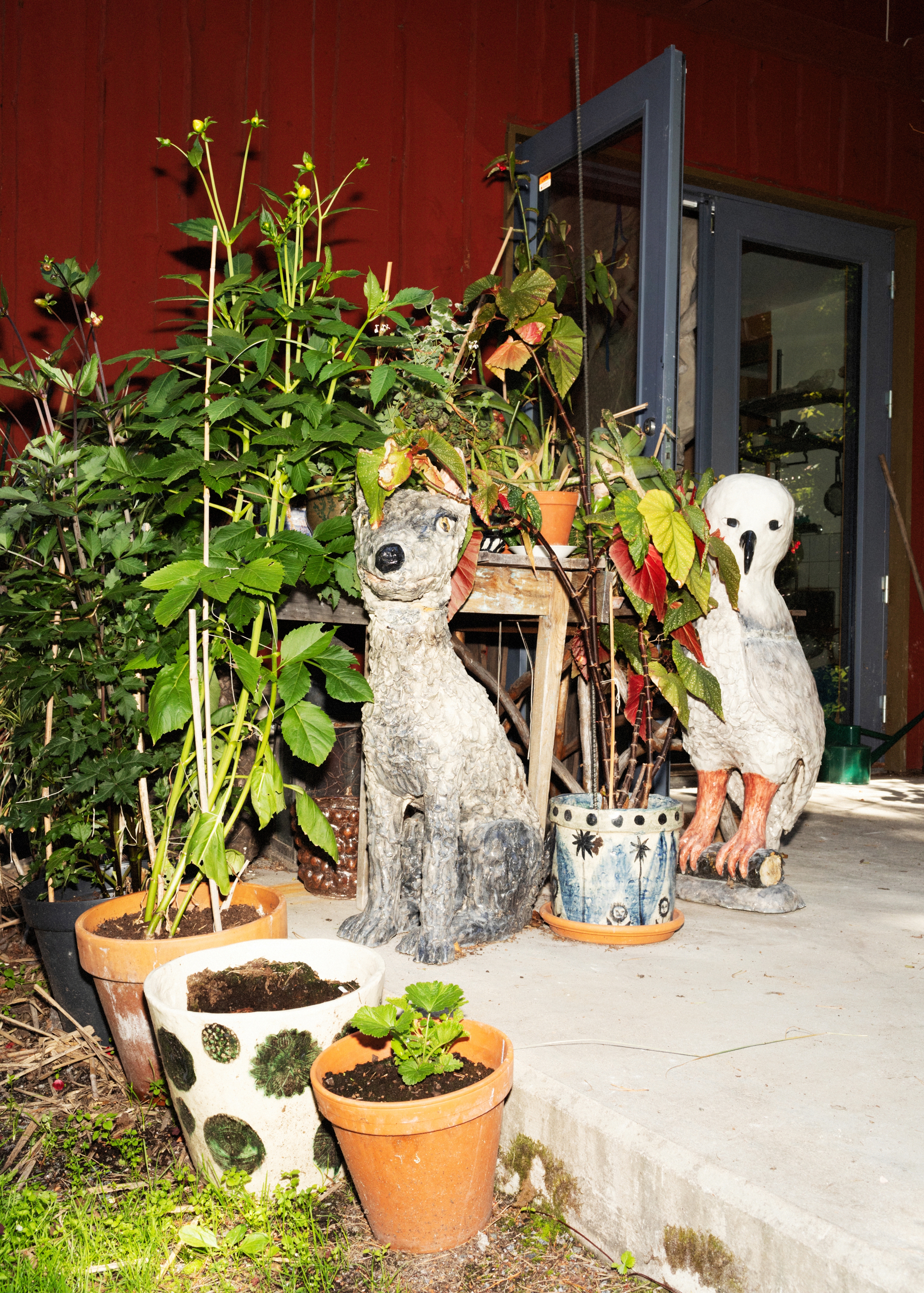
A series of unnamed works sit on the patio at Kristalova's Stockholm archipelago studio. Photography: Märta Thisner, courtesy of the artist and Perrotin
In 2006, Kristalova was exhibiting at Frieze London, with Stockholm’s Galleri Magnus Karlsson, when the Italian artist Maurizio Cattelan bought her work and introduced her to the Paris-based international gallery Perrotin. She has since had solo exhibitions at the gallery’s Miami, Paris, Hong Kong and Seoul locations. Her work is also included in the permanent collections of the Nationalmuseum and Moderna Museet in Stockholm, as well as the Fonds National d’Art Contemporain (FNAC) in Paris.
Receive our daily digest of inspiration, escapism and design stories from around the world direct to your inbox.
I ask Kristalova if she has any rituals or routines while preparing for her exhibitions. She responds with a specific outline of a day of work, but it is the music she sometimes listens to that intrigues me. She embraces music ‘not when I have to work with the ideas or develop them – only when I’ve decided what I’ll do. Both my brother and daughter give me mixtapes with everything from hip-hop to music from the 1970s.’ However, she emphasises that this is relatively unusual. ‘I have a plan, but my thoughts evolve as I make the work, and my hands change my mind, which is why I always need fast materials.’
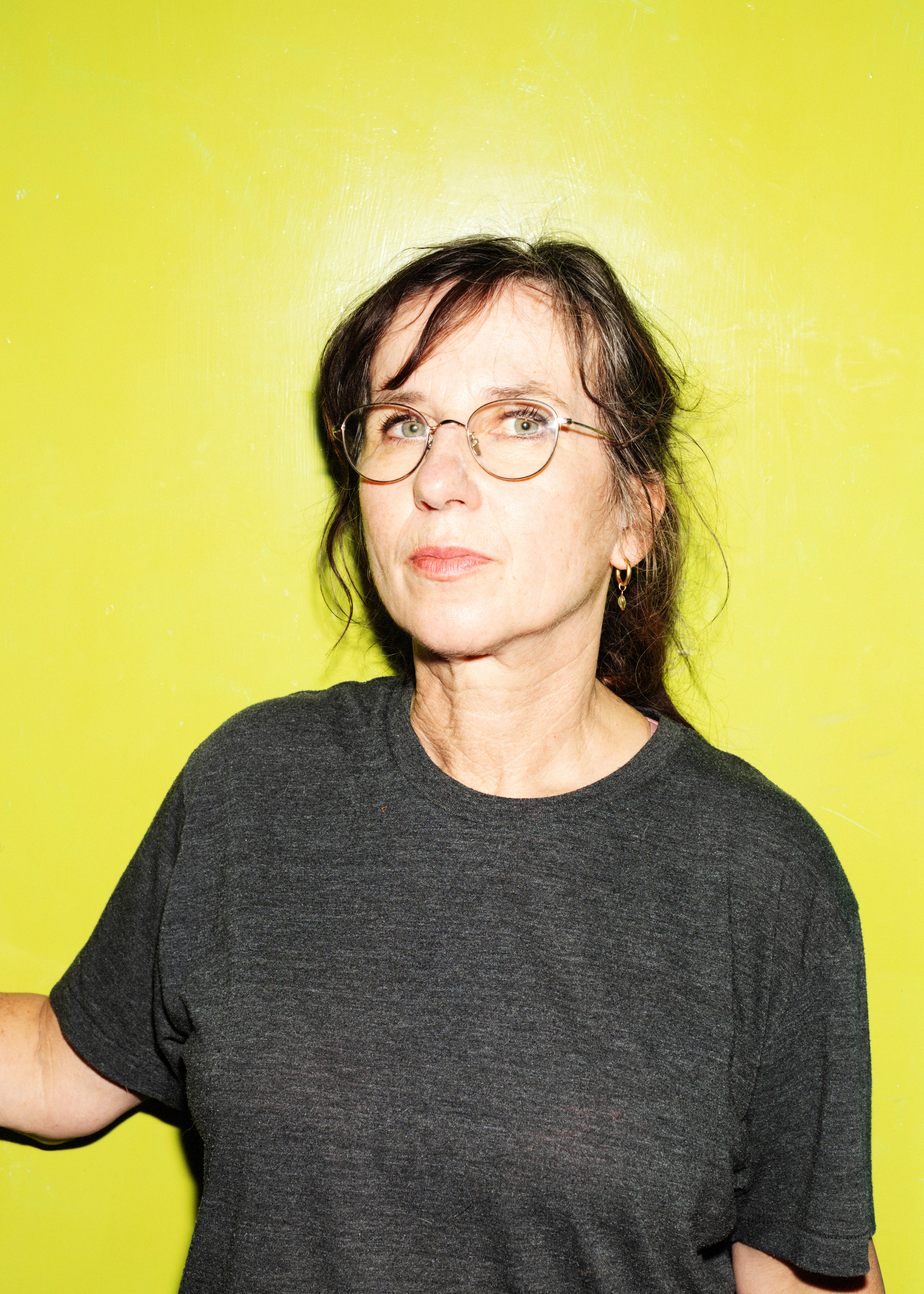
Portrait of Klara Kristalova. Photography: Märta Thisner, courtesy of the artist and Perrotin
Although Kristalova has previously been inspired by Nordic fairy tales, she says she is now more focused on nature. ‘I take a lot of inspiration from the botanical and the structure of trees. Many people have asked me if my work would look different if I lived in a busy city like New York or Los Angeles – and yes, it would.’ She continues, ‘I am very concerned by climate change and think nature and animals are very undervalued. Many are on the verge of extinction and we are dependent on them to survive. Every stone and plant is important to my work – my work is not necessarily about it, but they affect and influence it.’
Kristalova considers the exhibition ‘New Work: Tiago Carneiro da Cunha and Klara Kristalova’, held at the San Francisco Museum of Modern Art in 2011, to be a pivotal moment. There, she was approached by Richard Serra, whose monumental sculptures she’s always admired. ‘He liked our exhibition, it was very surreal,’ she recalls.
She recently completed her own large-scale sculpture, a public commission in Le Havre, France, that has received critical acclaim. Many onlookers asked why it depicts a woman. She replied that her works ‘depict people generally, not women, but they are always women and it comes naturally. It’s not a deliberate statement and yet it’s important. I’m thinking of my daughter and I compare myself to how I was at her age.’ She made the model in papier mâché. ‘It took me a week or two to get used to it – it was like sculpting porridge – but then I started to like it.’

Kristalova's public commission in Le Havre, France. © Photography: Anne-Bettina Brune
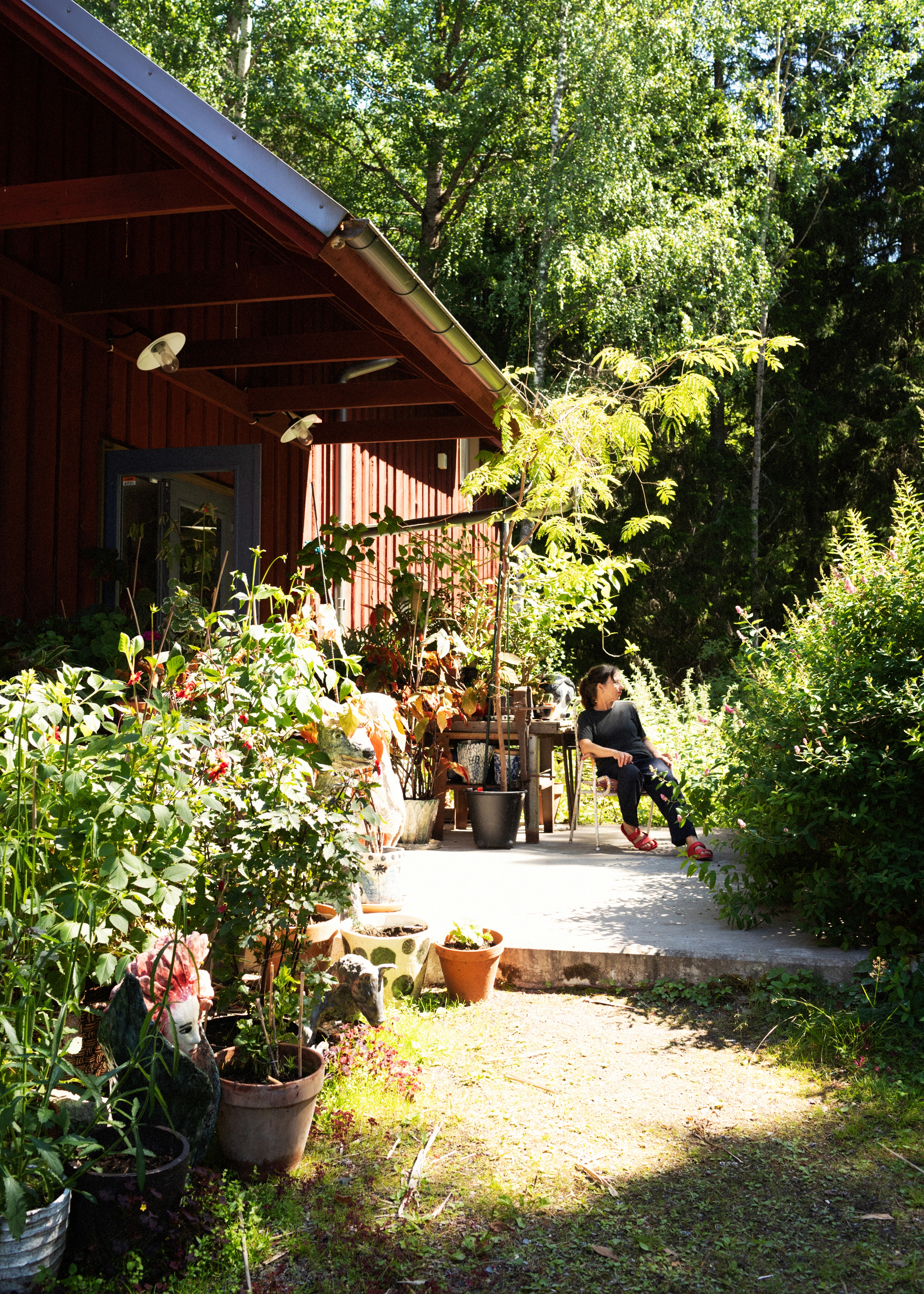
Klara Kristalova sits outside her Stockholm archipelago studio. Photography: Märta Thisner, courtesy the artist and Perrotin
Kristalova has also held intimate exhibitions in historic locations, such as the Carl Eldh Studio Museum in Stockholm, where her sculptures contrasted beautifully with the more traditional work of Eldh, a leading sculptor of early 20th-century Sweden. ‘I tried to be slightly disturbing in a subtle way. I felt that all the women were objects and so I wanted to have another kind of female object,’ she explains.
Kristalova says her choice to become an artist when she was young involved ‘no conflict or big decision – I decided to try and then went on’. This is reflected across her oeuvre, which feels intuitive. As we part ways, I ask her if she would consider diverging from the ceramics that have defined her career thus far. ‘I have been thinking a lot about other materials, but I don’t connect with them. I will continue to experiment. I feel I have to move forward and cannot only do ceramics my whole life. I like the living surface, even if I use a lot of transparent glaze – there can be a lot of shifting. It’s really like a watercolour, but three-dimensional.’ Doubtless her upcoming exhibitions will reveal more.
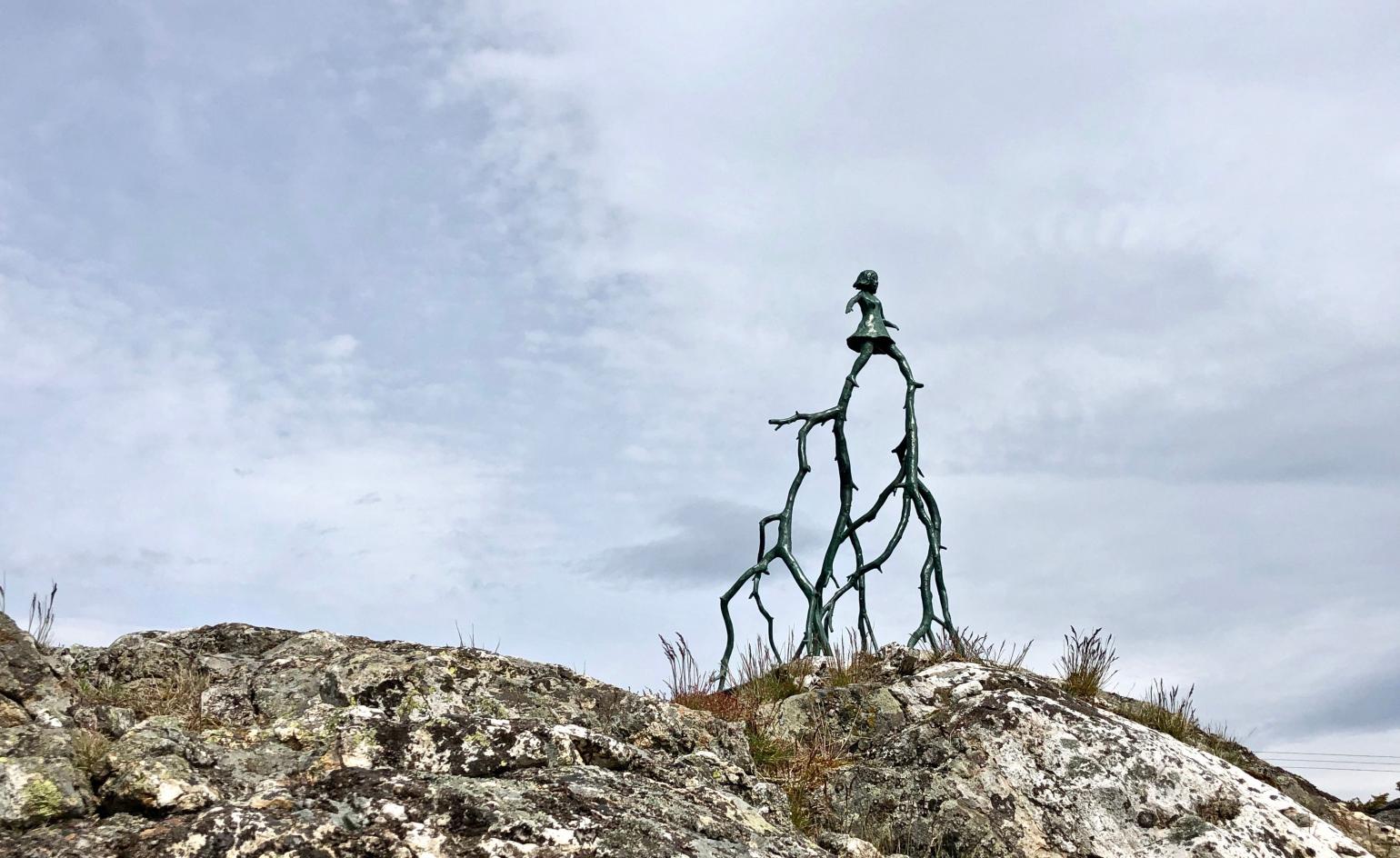
View of the group exhibition at Pilane Heritage Museum Klövedal (Sweden), 2019, Photographer: Peter Lennby, courtesy the artist
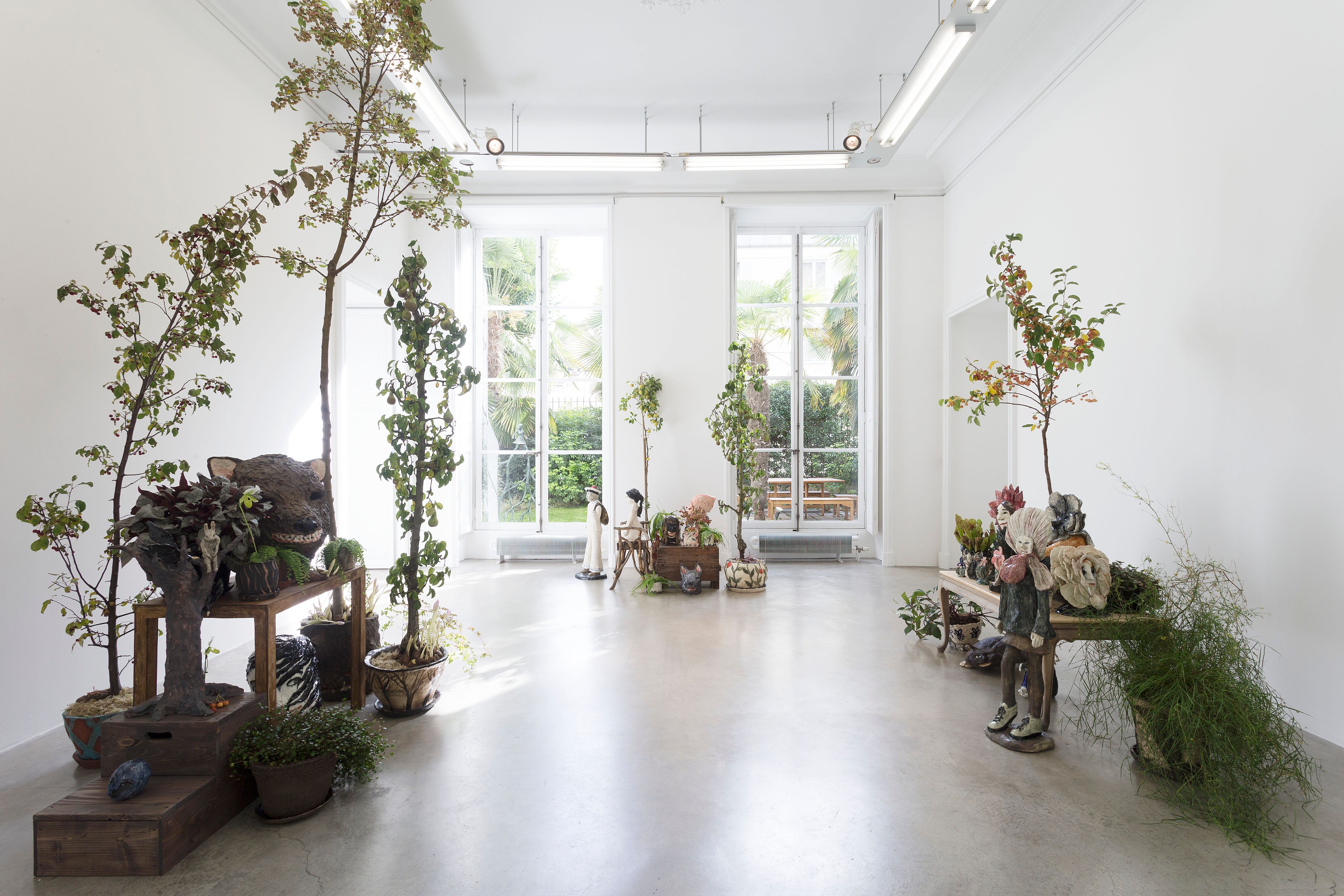
Installation View of Klara Kristalova's Camouflage at Perrotin Paris, France, 2017. Photographer: Claire Dorn. Courtesy the artist and Perrotin

Klara Kristalova, Beauty, 2022. Glazed Stoneware, 75 x 42 x 30cm. Courtesy the artist and Perrotin

View of the exhibition 'The Song of Everything' at Carl Eldh’s Studio Museum Stockholm in 2021. Photographer: Urban Jörén, courtesy the artist and Carl Eldh Studio Museum

Klara Kristalova, Winged, 2022 and Still Walking, 2022, Glazed Stoneware, 74 x 56 x 20cm. Courtesy the artist and Perrotin
INFORMATION
‘Klara Kristalova: Flora and Fauna’, 6 September – 22 October, Perrotin New York, 130 Orchard Street, Manhattan, perrotin.com
-
 Wallpaper* Best Use of Material 2026: Beit Bin Nouh, Saudi Arabia, by Shahira Fahmy
Wallpaper* Best Use of Material 2026: Beit Bin Nouh, Saudi Arabia, by Shahira FahmyBeit Bin Nouh by Shahira Fahmy is a captivating rebirth of a traditional mud brick home in AlUla, Saudi Arabia - which won it a place in our trio of Best Use of Material winners at the Wallpaper* Design Awards 2026
-
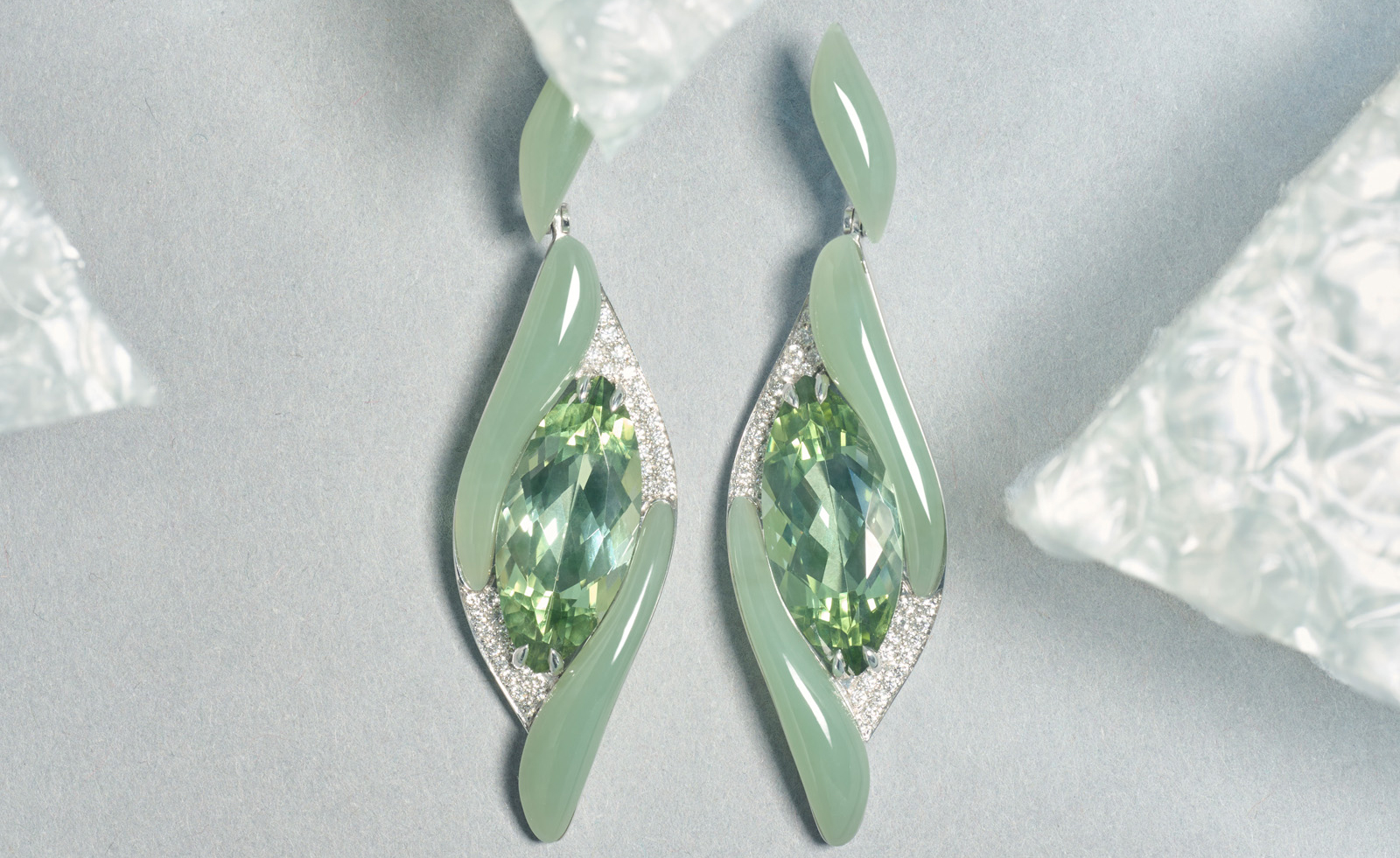 Wallpaper* Design Awards: Boghossian’s gem wizardry dazzles in high jewellery
Wallpaper* Design Awards: Boghossian’s gem wizardry dazzles in high jewelleryBoghossian's unique mix of craftsmanship and modern design is behind the edgy elegance of its jewellery – a worthy Wallpaper* Design Awards 2026 winner
-
 Wallpaper* Design Awards: cult London fashion store Jake’s is our ‘Best Retail Therapy’
Wallpaper* Design Awards: cult London fashion store Jake’s is our ‘Best Retail Therapy’Founded by Jake Burt, one half of London-based fashion label Stefan Cooke, the buzzy, fast-changing store takes inspiration from Tracey Emin and Sarah Lucas’ 1993 The Shop and Tokyo’s niche fashion stores
-
 Out of office: The Wallpaper* editors’ picks of the week
Out of office: The Wallpaper* editors’ picks of the week'Tis the season for eating and drinking, and the Wallpaper* team embraced it wholeheartedly this week. Elsewhere: the best spot in Milan for clothing repairs and outdoor swimming in December
-
 Sculptor Woody Othello paints a Miami museum red for a show that ‘almost hugs you’
Sculptor Woody Othello paints a Miami museum red for a show that ‘almost hugs you’The Miami-born, California-based artist opens his first museum exhibition in his hometown as an experiential journey through life and lifeless objects
-
 Nadia Lee Cohen distils a distant American memory into an unflinching new photo book
Nadia Lee Cohen distils a distant American memory into an unflinching new photo book‘Holy Ohio’ documents the British photographer and filmmaker’s personal journey as she reconnects with distant family and her earliest American memories
-
 Out of office: The Wallpaper* editors’ picks of the week
Out of office: The Wallpaper* editors’ picks of the weekIt’s been a week of escapism: daydreams of Ghana sparked by lively local projects, glimpses of Tokyo on nostalgic film rolls, and a charming foray into the heart of Christmas as the festive season kicks off in earnest
-
 Ed Ruscha’s foray into chocolate is sweet, smart and very American
Ed Ruscha’s foray into chocolate is sweet, smart and very AmericanArt and chocolate combine deliciously in ‘Made in California’, a project from the artist with andSons Chocolatiers
-
 Inside the work of photographer Seydou Keïta, who captured portraits across West Africa
Inside the work of photographer Seydou Keïta, who captured portraits across West Africa‘Seydou Keïta: A Tactile Lens’, an exhibition at the Brooklyn Museum, New York, celebrates the 20th-century photographer
-
 Out of office: The Wallpaper* editors’ picks of the week
Out of office: The Wallpaper* editors’ picks of the weekFrom sumo wrestling to Singaporean fare, medieval manuscripts to magnetic exhibitions, the Wallpaper* team have traversed the length and breadth of culture in the capital this week
-
 María Berrío creates fantastical worlds from Japanese-paper collages in New York
María Berrío creates fantastical worlds from Japanese-paper collages in New YorkNew York-based Colombian artist María Berrío explores a love of folklore and myth in delicate and colourful works on paper